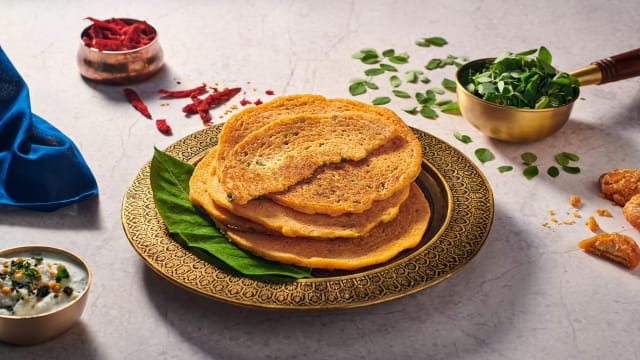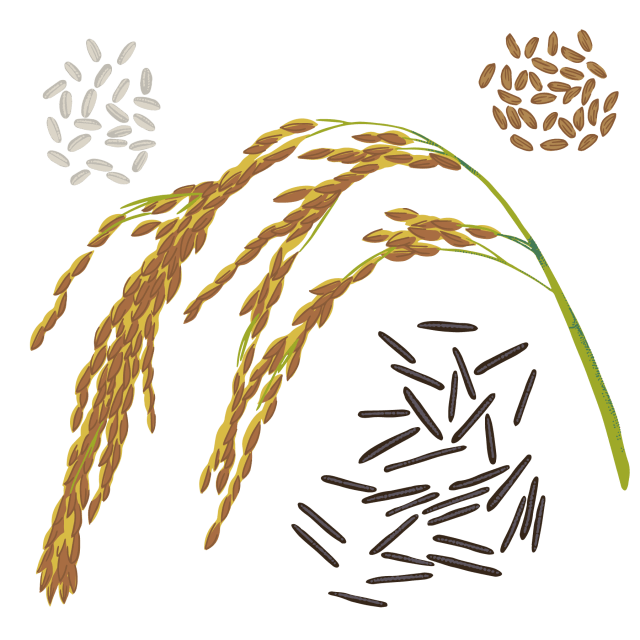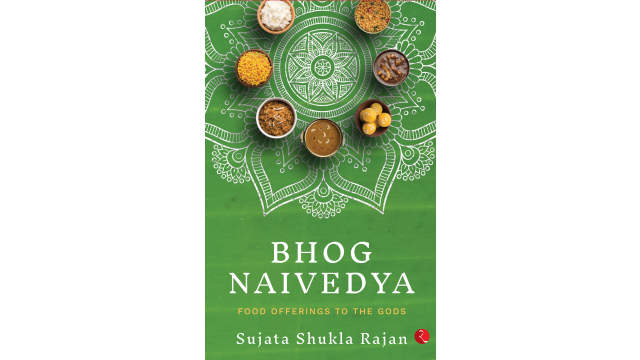
Kanchipuram Idli

Kanchipuram Idli
Description
When you visit the medieval Varadaraja Perumal Temple in Kanchipuram, India, you get to experience the famous Kanchipuram idli. Legend says a Vijayanagar king ordered this offering, and temple cooks still follow the centuries-old tradition of steaming rice-lentil batter in bauhinia leaves. This protein-rich, fiber-packed idli aids digestion, while the leaves help retain nutrients and enhance flavor.
NOTE
This recipe requires a steamer and steel stumblers.
Ingredients
4 to 6 SERVES
- 2 cups (400 g) idli rice, soaked for 4 hours
- 1 cup (250 g) black urad dal (whole black gram), soaked for 4 hours
- 1 tsp fenugreek seeds, soaked for 4 hours
- 1 cup water
- 1 Tbsp (3 g) black pepper
- 2 Tbsp (6 g) cumin seeds
- 1 tsp dried ginger powder
- 1 tsp asafetida
- 9-10 curry leaves
- 2 tsp salt
- 4 Tbsp (60 ml) sour dahi or yogurt
- 2 Tbsp (30 ml) cold pressed sesame oil
- 2 Tbsp (30 g) ghee
- 10 mandarai leaves (or you can sub with banana leaves)
Directions
-
Step 1
Drain the rice, urad dal, and fenugreek seeds. Combine and grind in a wet-dry grinder or a food processor to a coarse batter, adding water as needed. -
Step 2
Coarsely grind the black pepper and cumin in a mortar pestle or a spice grinder. Stir the ground spices into the batter, along with dried ginger powder, asafetida, curry leaves, and salt. Add the curd, oil, and ghee. Cover and rest in a warm place in your kitchen to ferment for at least 8 hours or overnight. -
Step 3
Fill a steamer with water up to 2 or 3 inches high. Place the steamer rack, cover the pot, and boil the water. In the meantime, line the tumblers with mandarai leaves. Start by cutting or folding some of the leaves into a round shape to line the bottom of the tumblers. Roll the remaining leaves into cylindrical shapes and line each tumbler (see video for demonstration). Spoon the batter into the leaf-lined tumblers until 3/4 full and place them inside the food steamer. Cover the tumblers using the remaining mandarai leaves. Cover the steamer pot with the lid and steam the idlis on medium heat for 25 minutes. -
Step 4
With a kitchen towel, carefully remove the tumblers and let cool for 10 minutes. Invert the tumblers on a plate to remove the idlis. Peel off the leaf wrappers, slice the cylindrical idlis into discs, and serve warm with milagapodi and a dollop of ghee. Store any leftover batter in the fridge in an airtight container for up to 3 days. Bring refrigerated batter to room temperature before using.
About the author
More by Rakesh Raghunathan

Milagapodi
Rakesh Raghunathan’s milagapodi, a nutrient-dense spice blend, is a great condiment for dosas.

Moringa Adai
Fresh moringa leaves amp up the antioxidant quotient of this lentil-based cousin of the dosa in Rakesh Raghunathan’s recipe.

Rava Dosa
Chef Rakesh Raghunathan shares the art of making a crisp, yogurt-infused rava dosa.







